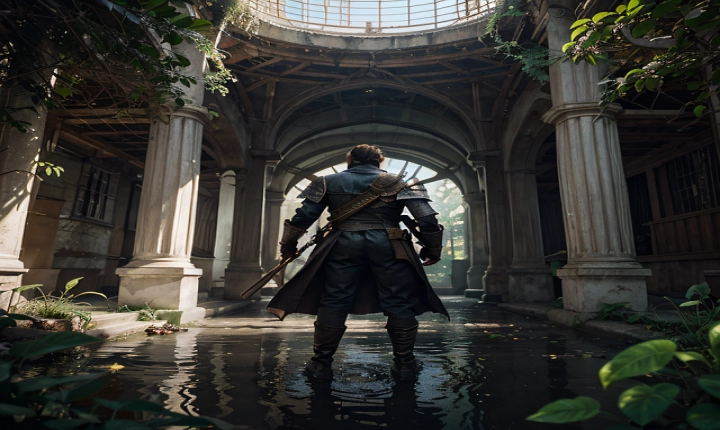Title: Exploring the Creative Potential of AI Art
In recent years, the advancement of artificial intelligence has led to a revolution in various fields, including the arts. AI art, created through the use of algorithms and machine learning, has gained significant attention and is captivating the imagination of both artists and art enthusiasts alike. From generating abstract compositions to mimicking famous artists’ styles, AI art has opened up exciting new possibilities in the art world.
One of the most popular forms of AI art is generated through a process called generative adversarial networks (GANs). GANs use a combination of two neural networks – a generator and a discriminator – to create realistic and original artwork. The generator creates new images based on a set of parameters, while the discriminator evaluates the generated images against a dataset of real artwork. Through a process of competition and refinement, GANs can produce incredibly diverse and visually striking art pieces.
Artists and creators are increasingly embracing AI art as a tool for sparking creativity and exploring new aesthetic possibilities. Many see AI as a collaborator, using its algorithms to generate initial designs or compositions that can be further developed and modified by human hands. This collaboration between human and machine has opened up entirely new creative avenues, challenging traditional notions of authorship and creativity in art.
Furthermore, AI art has allowed for the exploration of styles and techniques that were previously inaccessible or lost to time. By training algorithms on the works of famous artists, AI has been used to recreate their styles, leading to the creation of new art pieces that pay homage to historical masters. This has the potential to spark renewed interest in art history and shed light on the creative processes of renowned artists.
Despite the exciting potential of AI art, it has also raised questions and debates within the art community. Some argue that AI-generated art lacks the emotion, intention, and personal narrative that is intrinsic to human-created art. The value of AI-generated art and the role of the artist in its creation remain topics of ongoing discussion.
Alongside creative exploration, AI art has also found its way into commercial and practical applications. From creating digital illustrations and animations to designing bespoke patterns and textures, AI is being used to streamline the creative process and generate visual content for various industries.
As AI art continues to evolve, it is essential for artists and creators to embrace this innovation while also maintaining a critical and reflective approach. By understanding the potential and limitations of AI in the realm of art, we can push the boundaries of creativity while preserving the core elements that make art a deeply human expression.
In conclusion, the rise of AI art represents a significant shift in the way we create and perceive visual art. The technology has the potential to inspire new forms of artistic expression, expand the boundaries of creativity, and offer a fresh perspective on art history. While AI art presents both opportunities and challenges, its impact on the art world is undeniable, and its future as a creative tool is yet to be fully realized.
